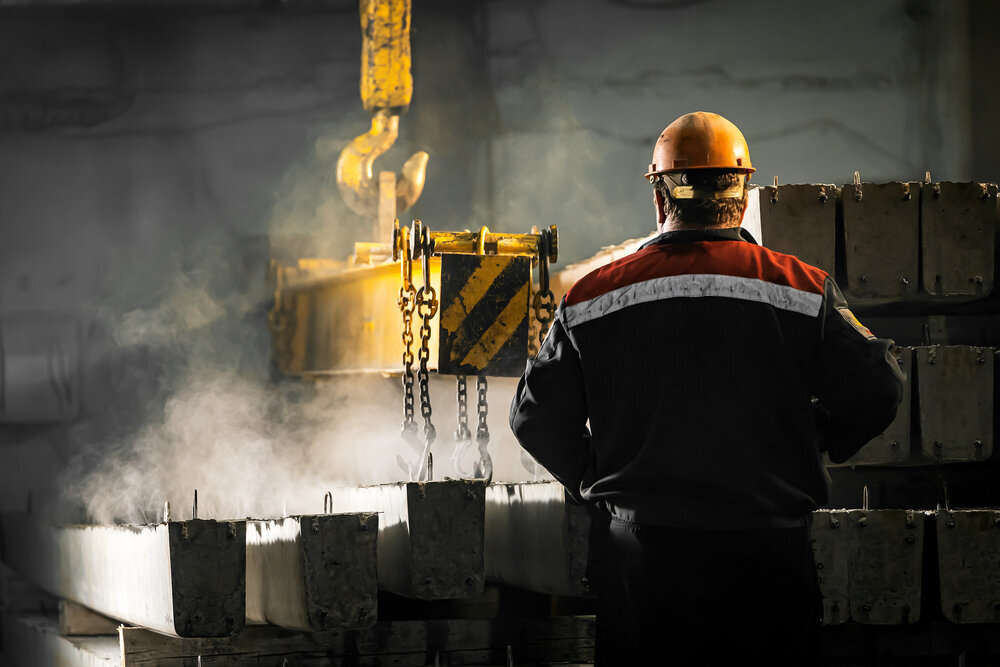Sunken Concrete – How Concrete Lifting Helps
Bad construction and/or water penetration are the causes of a concrete slab sinking or settling a significant amount with time. Concrete is only as good as the foundation it was constructed on, much like a chain is only as solid as its weakest link.
So, if you put concrete on top of a bad foundation, there's a fair chance it'll sink over time. A weak foundation is one that has never been properly compacted and/or has been constructed with the incorrect materials, such as soft soils or loose aggregates. The perimeter of your base is a popular location for sunken concrete. This is due to the fact that when a base is built, the area is dug a few feet wider to allow room installation for the workers and form removal.
This is known as over-dig area. Once the area is not rightly back-filled it will settle down with time and will make the driveway, patio and walkway to sink.
All concrete, including driveway or sidewalk slabs, and even your pool side patio, is at risk of sinking at some point. As concrete sinks, it can crack as a result of changes in level or simply become rough with other areas nearby. It can be a tripping hazard occasionally, but most importantly, it doesn't look good. There are many ways to repair depressed concrete, but you must first understand what is causing it to sink in the first place and ask professional help for concrete lifting.
Changes in Soil
The most common cause of concrete sinking is changes in the soil under it. This may be due to soil erosion or natural settling. It may, however, be caused by animal burrowing underneath it or tree root decomposition if a nearby tree was recently removed.
Moisture
You can expect some sinking if you have had a lot of rain or if the concrete area has been exposed to a lot of water. When the soil is damp, it turns unstable. Unfortunately, this is also made worse by the fact that sunken concrete may often result in the creation of puddles in the city.
Installation Failures
Concrete, when properly installed, must withstand normal moisture levels in the region and, depending on the form, can also be set up to anticipate and withstand soil changes. So if your concrete that has been poured few years back is now sinking, someone cut corners in the installation.
Concrete Sinking Prevention
If you already have concrete and would like to make sure it doesn't sink or deteriorate, there are a few low-cost, fast fixes that any homeowner with a little time can do.
Use a silicone or polyurethane caulk to seal any exposed cracks and joints. Wide gaps can be packed first using a backer rod, then caulked over the end.
Ensure that downspouts discharge at least 5 feet away from every concrete slab – the further away the better.
Cover the exposed sides with soil to avoid runoff water from entering the concrete.
When you're building fresh concrete, make sure the foundation is at least 4 inches thick and compacted. When you stamp your foot on the base, it does not move. Install any downspouts that are similar to some slab below the pavement and into the yard.
For professional help on concrete lifting, visit us at Ramjack by American Leveling. We would like to hear from you. Slab jacking, pier and beam foundation repair, home foundation repair are our key work area. For more details, visit the website.

